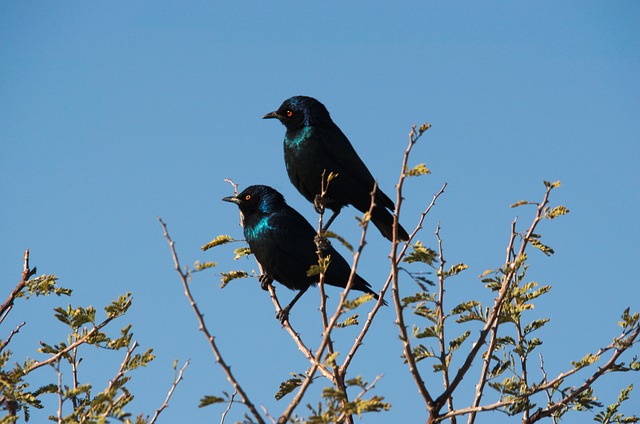# Mali and Burkina Faso Experience Rare Extreme Heatwave: A Result of Human-induced Climate Change
In a rare and extreme weather event, Mali and Burkina Faso recently faced a heatwave that has been described as a once-in-a-200-year occurrence. This unprecedented heatwave, which was observed between April 1 and April 5, saw temperatures soaring to over 45 degrees Celsius (113 degrees Fahrenheit) in these West African countries. The unusually intense heatwave, which had deadly consequences, has been attributed to human-caused climate change, shedding light on the impacts of global warming on vulnerable regions like the Sahel.
## Understanding the Impact of 'Human-induced' Climate Change
The World Weather Attribution (WWA), an international network of scientists focusing on extreme weather events, conducted a study that linked the extreme heatwave in Mali and Burkina Faso to human-induced climate change. According to the WWA's observations and climate models, the magnitude of the heatwaves experienced in March and April 2024 in the region would have been impossible without the global warming of 1.2 degrees Celsius to date. The study emphasized that the extreme hot spell in April would have been 1.4 degrees Celsius cooler if human activities such as burning fossil fuels and deforestation had not contributed to warming the planet.
The WWA study highlighted that the five-day extreme heat event was a rare occurrence that happens only once in 200 years. However, the researchers warned that such extreme weather events would continue to increase with future warming trends. As a result, the study recommended that countries in vulnerable regions like the Sahel develop heat action plans to alert citizens about impending extreme temperatures and provide guidelines on preventing heat-related illnesses. Additionally, there was a call for strengthening critical infrastructure such as electricity, water, and healthcare systems to adapt to the rising frequency and intensity of extreme heat events.
### Impact of Extreme Heat on Mali and Burkina Faso
The severe and prolonged heatwave had devastating consequences in Mali and Burkina Faso, leading to a significant increase in deaths and hospitalizations. The Gabriel Toure hospital in Bamako, Mali, reported over 100 deaths between April 1 and 4, surpassing the total number of deaths recorded in the entire month of March. However, due to a lack of comprehensive data, it was challenging to estimate the exact number of heat-related fatalities, with the WWA suggesting that hundreds, if not thousands, of other heat-related casualties likely occurred.
The scientists involved in the study pointed out that rapid urbanization and the loss of green spaces in cities like Bamako and Ouagadougou, the capital of Burkina Faso, have exacerbated the urban heat island effect. This phenomenon results in certain areas of cities experiencing significantly higher temperatures than others. Moreover, the Sahel region has been grappling with drought since the 1970s and has faced erratic rainfall patterns since the 1990s. The scarcity of water and pasture, coupled with changes in agricultural practices, has disrupted the livelihoods of pastoral communities and contributed to the emergence of armed groups in countries like Mali, Burkina Faso, and Niger.
—
At this point, you can continue expanding on the impact of the extreme heatwave, discuss the long-term consequences of climate change in the Sahel region, explore mitigation strategies, and propose sustainable solutions to address the challenges posed by global warming.
























